Refine Your Nose with Expert Closed Rhinoplasty Surgery
Transform Your Look with Closed Rhinoplasty
Closed rhinoplasty is a popular nose reshaping procedure known for delivering refined results with minimal invasiveness. Unlike open rhinoplasty, where an incision is made across the columella (the strip of tissue between the nostrils), the closed technique involves internal incisions only making it a preferred option for patients seeking subtler aesthetic improvements or structural corrections. Whether you’re considering surgery for cosmetic refinement or to improve breathing issues, understanding closed rhinoplasty is the first step toward a confident, natural-looking outcome.
What Is Closed Rhinoplasty?
Closed rhinoplasty, also known as endonasal rhinoplasty, is a surgical approach performed entirely through incisions inside the nostrils. This allows the surgeon to access the nasal bones and cartilage without any visible external scars.
This technique is ideal for patients needing:
- Dorsal hump reduction
- Minor tip refinement
- Septum correction (in some cases)
- Subtle reshaping without major structural overhaul
Because the skin is not lifted from the nasal framework as in open rhinoplasty, healing tends to be faster and less disruptive.
Closed vs. Open Rhinoplasty
| Feature | Closed Rhinoplasty | Open Rhinoplasty |
|---|---|---|
| Incisions | Inside nostrils | Across columella + inside nostrils |
| Scarring | No visible scars | Small scar on columella |
| Recovery Time | Typically faster | Slightly longer due to more tissue disruption |
| Visibility for Surgeon | Limited | Full visibility of nasal structures |
| Best For | Subtle changes | Major reshaping, complex revision cases |
Closed rhinoplasty is best suited for patients seeking subtle changes or with less complex nasal anatomy. Open rhinoplasty may be required in cases involving major revision, trauma, or complex asymmetry.
What Can Closed Rhinoplasty Correct?
Closed rhinoplasty can address several aesthetic and functional issues, including:
- Smoothing a nasal hump
- Narrowing a wide nasal bridge
- Straightening a mildly crooked nose
- Improving nasal symmetry
- Correcting mild breathing issues caused by structural imbalance
However, it’s important to note that closed rhinoplasty may not be appropriate for patients requiring extensive work on the nasal tip or septum.
Benefits of Closed Rhinoplasty
Many patients choose closed rhinoplasty for its unique advantages:
- No external scarring: All incisions are made inside the nose
- Shorter recovery period: Less swelling and faster healing
- Reduced surgery time: The procedure typically takes less time than open rhinoplasty
- Natural results: With the right surgeon, outcomes are subtle and harmonious with facial features
These benefits make closed rhinoplasty particularly appealing for individuals who want minimal downtime and discreet results.
What to Expect During the Procedure
Closed rhinoplasty is usually performed under general anesthesia and can take 1 to 2 hours, depending on the complexity of the case.
Procedure steps typically include:
- Internal incisions made within the nostrils
- Adjustments to bone, cartilage, or soft tissue
- Reshaping the nasal structure to the desired aesthetic
- No visible stitches on the outside
Patients are usually able to go home the same day after surgery.
Recovery Timeline
The recovery process for closed rhinoplasty is often quicker and smoother than that of open rhinoplasty.
Typical recovery milestones:
- Swelling and bruising peak within the first 3 days
- Nasal splints or bandages are removed after 5–7 days
- Most visible swelling resolves within 2 weeks
- Final results take shape over 6–12 months
Patients are usually back to work or school within 1 week, with minimal signs of surgery.
Is Closed Rhinoplasty Right for You?
The best candidates for closed rhinoplasty are:
- Individuals seeking minor to moderate aesthetic improvements
- People with stable nasal structure and no need for extensive tip work
- Patients looking for minimal downtime and no visible scarring
- Those in generally good health with realistic expectations
Your plastic surgeon will determine whether a closed or open approach is best for your facial structure and goals.
Choosing the Right Surgeon Matters
Because closed rhinoplasty provides limited visibility during surgery, surgeon skill and experience are critical. Look for a board-certified facial plastic surgeon or otolaryngologist (ENT) with extensive experience in rhinoplasty procedures.
Be sure to:
- Check before and after photos
- Read patient reviews
- Ask about the surgeon’s approach and comfort level with closed techniques
- Discuss your goals in a detailed consultation
Subtle Change, Big Confidence
If you’re considering nasal reshaping but want to avoid visible scarring and extended recovery, closed rhinoplasty could be the perfect fit. With a skilled surgeon and the right expectations, it can deliver elegant, natural enhancements that align beautifully with your facial features.
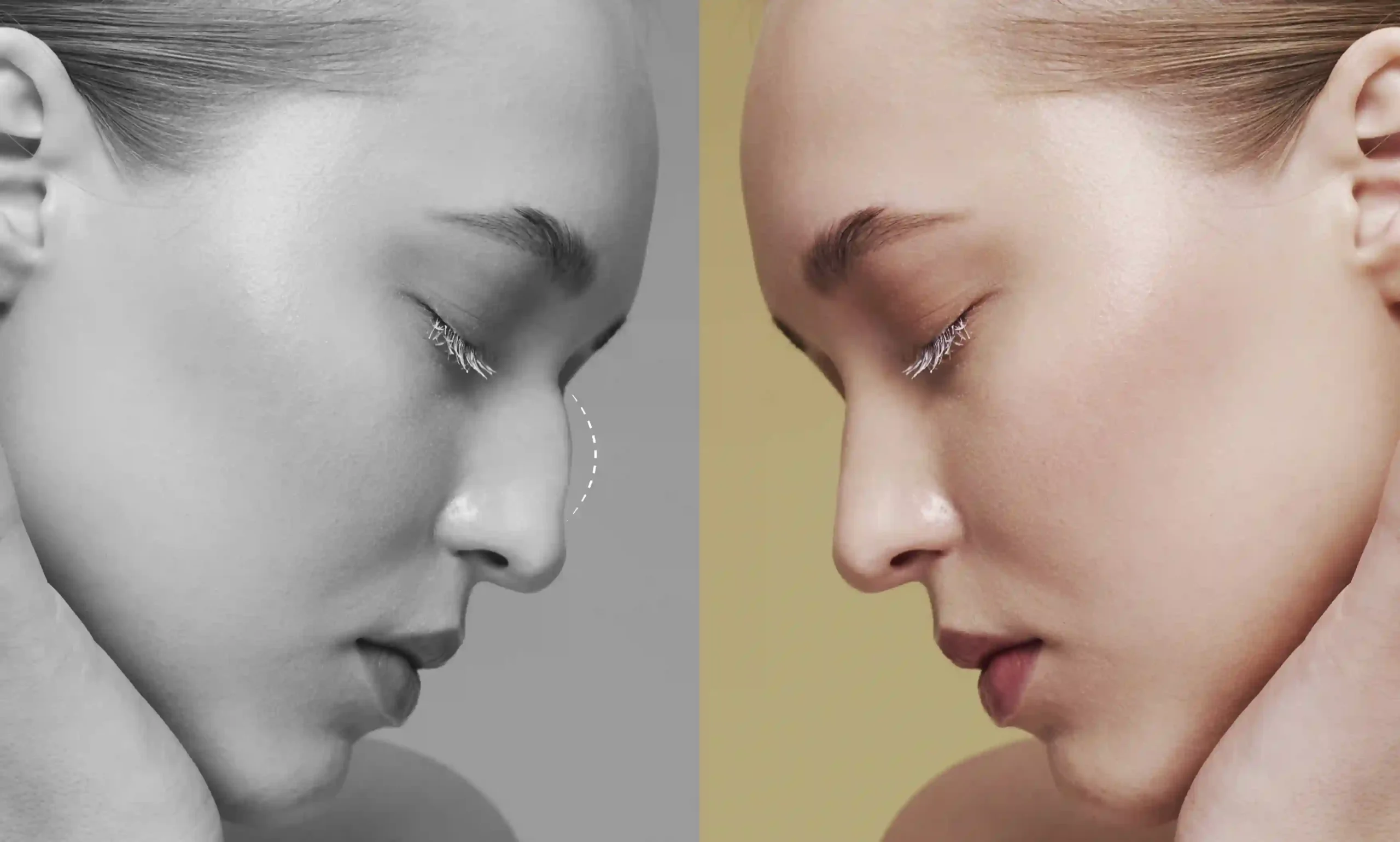
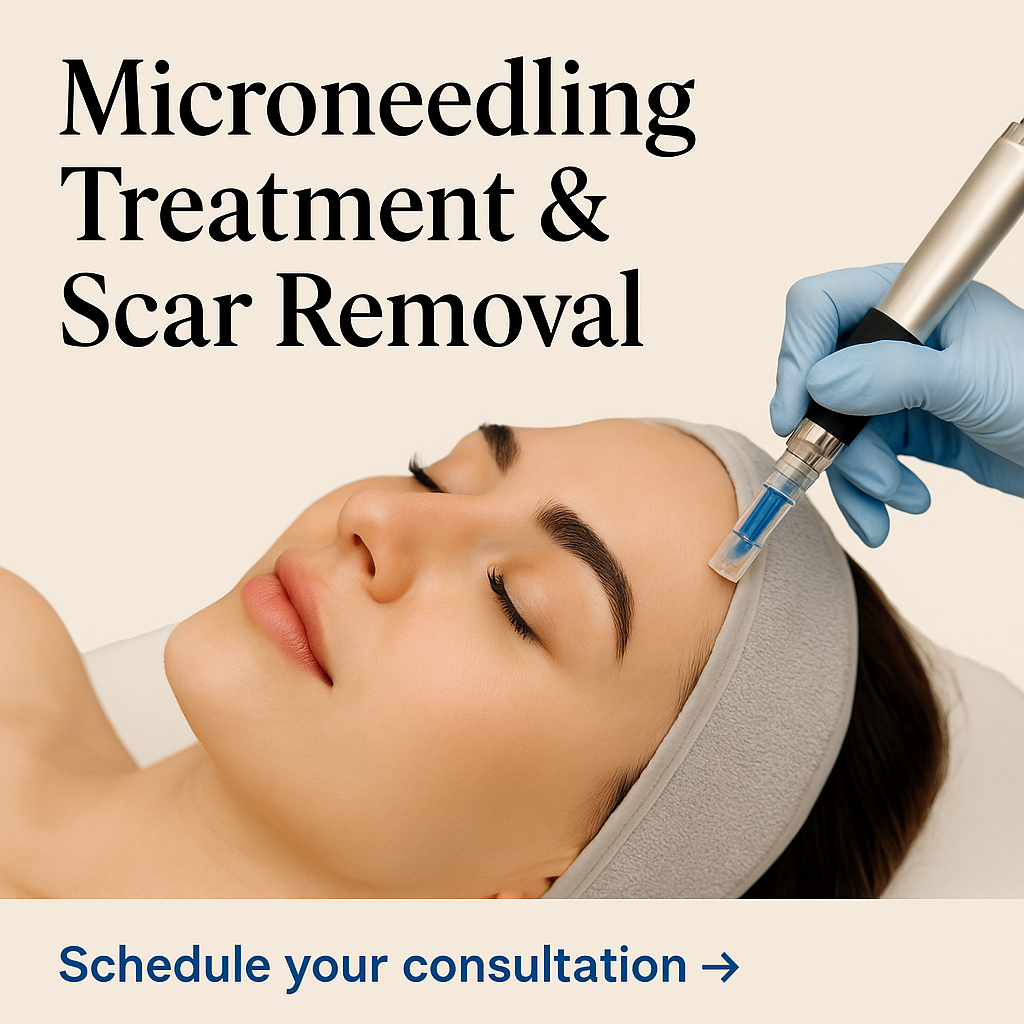

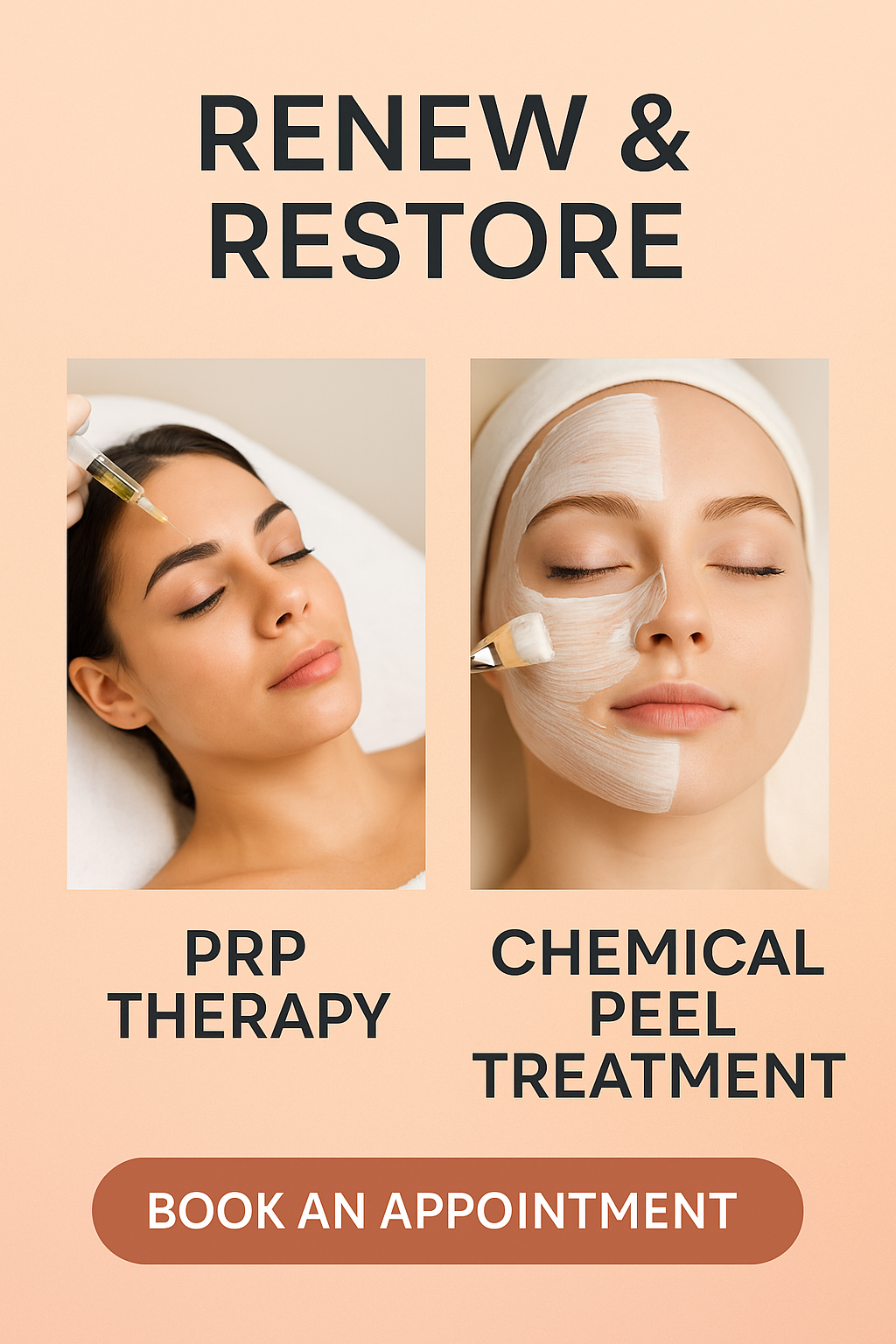

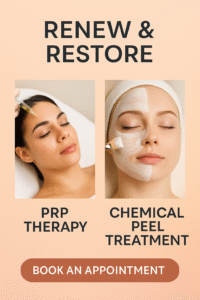
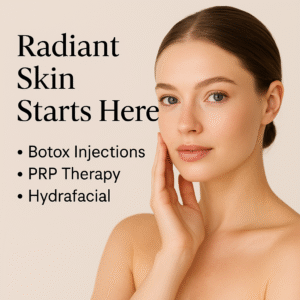
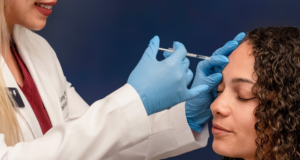
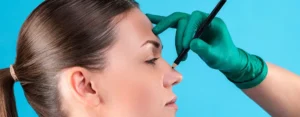
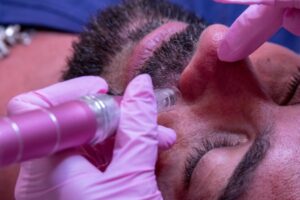




Post Comment